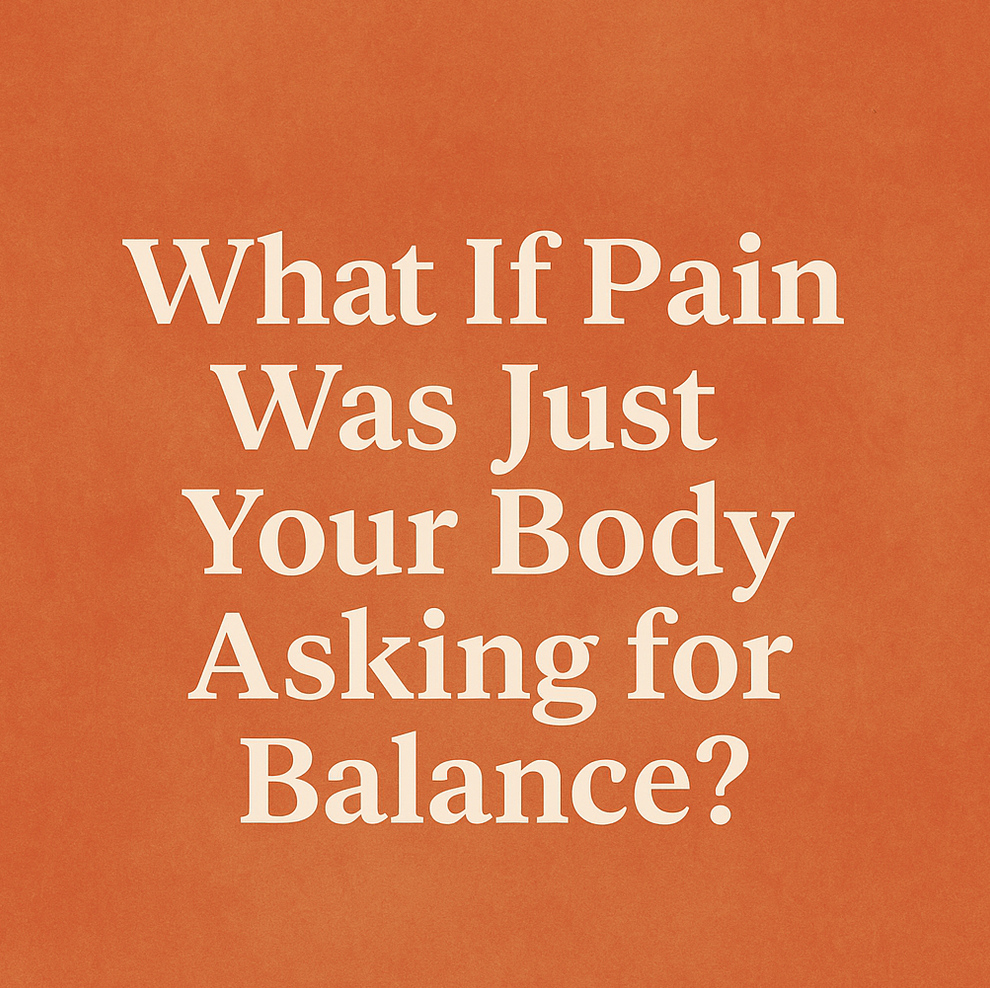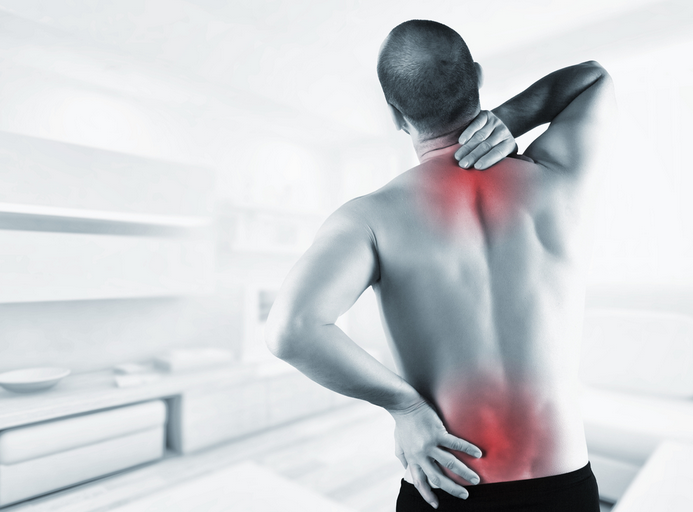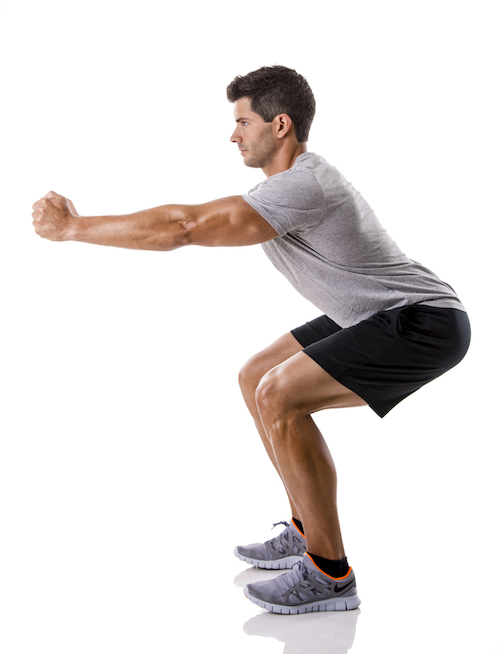If you've ever been diagnosed with scoliosis, this is a must watch 👀
About 4% of the population has scoliosis in some form or another.
Fear of damaging the spine can lead to over-protective behaviours and reduced physical capacity.
Don't ever let yourself be defined by your spine or x-ray changes. You may have to put in a bit more effort and be more consistent with a daily exercise program. But there is always room for hope and achieving great things.
Many world class athletes have been diagnosed with scoliosis and achieved world-class success, such as Mick Fanning and Usain Bolt.
Usain Bolt says, “If I keep my core and back strong, the scoliosis doesn’t really bother me,” he says. “So I don’t have to worry about it as long as I work hard.”
And if you would like some guidance on how to help with your spine, don't be afraid to get in touch 😊
























